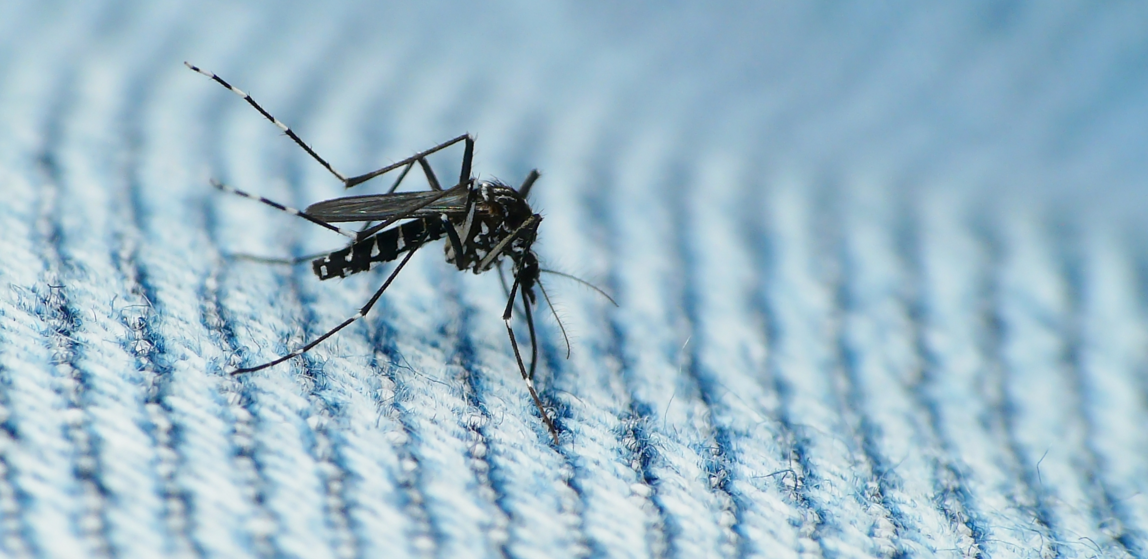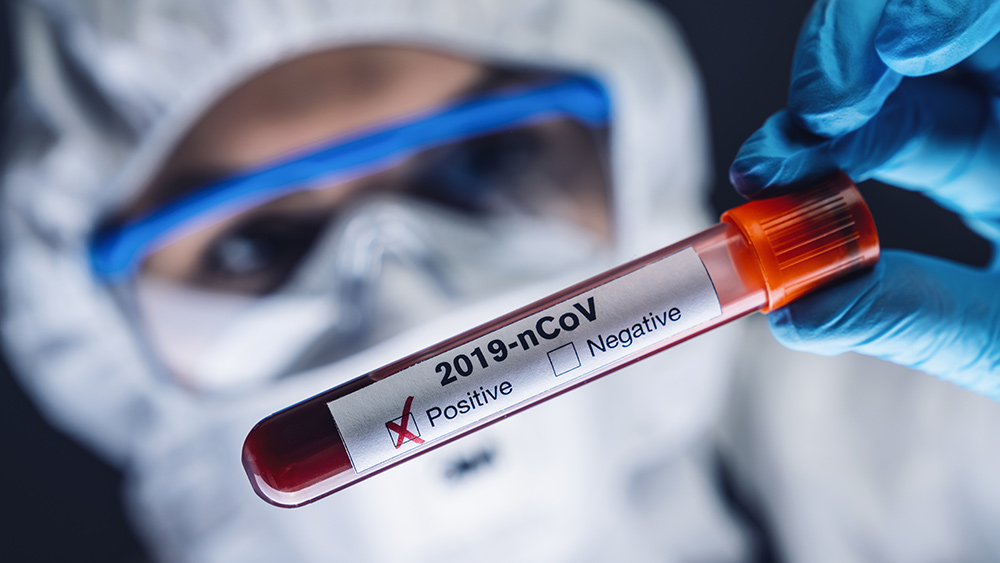After the rain – mosquitoes: Epidemics of mosquito-borne illness occur about three weeks after a major rain event
03/08/2019 / By David Williams

Ever since it was first discovered and documented many decades ago, the Zika virus has been the subject of numerous studies that aim to find a way to better handle it during times of emergency. What is the best way to treat patients? How can doctors better offer treatment? In working toward answering these questions, a team of researchers showed that it takes about three weeks after heavy rainfall for a Zika outbreak to occur.
The same is also said to be true for Chikungunya, another mosquito-borne virus that is similar to the Zika virus. In a new study, which was first reported on the University of California, Los Angeles (UCLA) website, researchers found that Chikungunya has the tendency to predominate over Zika if both are present in a particular location at the same time. This is due mostly to Chikungunya’s shorter incubation period of only two days, compared with Zika’s incubation period of 10 days.
The researchers focused on cases in the state of Rio de Janeiro, Brazil. All in all, they screened more than 10,400 blood and urine samples for the Chikungunya virus, Zika virus and dengue fever. These samples were taken from residents of 48 different municipalities. The researchers also tracked the dates of major rainfalls in the region, and assessed the geographic distribution of mosquito-borne virus incidence in different locations.
All of this data was then taken into account along with the timing of epidemics.
It’s all about timing
From the data in the study, which was published in PLOS.org, the researchers were able to confirm a total of 1,717 cases of Zika infection, 2,170 cases of Chikungunya, and 29 cases of dengue fever. What’s interesting is that the cases of Zika occurred more often in places where there was little access to municipal water infrastructure, while Chikungunya was found to have a weak correlation with urbanization.
Even more interesting, the researchers learned that it wasn’t long after rains began in October 2015 that the largest wave of Zika ever was recorded. Specifically, Zika cases began popping up a month after the start of the rains. And as the decline started, it coincided with the beginning of a Chikungunya outbreak.
Preventive measures
With the data from the research, different municipalities can begin planning for what they know will eventually happen after the rains first begin to fall. In the words of the study authors, they can, “predict where the next epidemics may occur” and “prioritize areas for vector control and eventual vaccination.”
According to a report on the study, health officials could use the data on heavy rainfall occurrence to prepare for epidemics as early as a month in advance. They could also use a weather-based early warning system to give public health officials enough lead time to gather supplies of things like intravenous immunoglobin, which they need for standard treatments. This applies to cases where the patients suffer from Guillain-Barre syndrome, a form of paralysis which affects roughly one percent of all Zika infections.
It’s quite telling how such a seemingly simple technique – that is, paying attention to weather patterns – could give such a huge advantage when it comes to combating deadly diseases like Zika and Chikungunya. This only goes to show that it always pays to look for natural solutions, even if you’re trying to solve what are deemed to be complex medical problems. You need all the help you can get.
Sources include:
Tagged Under: aedes aegypti, chikungunya, epidemic, infections, mosquito, outbreak, pandemic, Zika virus
RECENT NEWS & ARTICLES
Pandemic.News is a fact-based public education website published by Pandemic News Features, LLC.
All content copyright © 2018 by Pandemic News Features, LLC.
Contact Us with Tips or Corrections
All trademarks, registered trademarks and servicemarks mentioned on this site are the property of their respective owners.





















